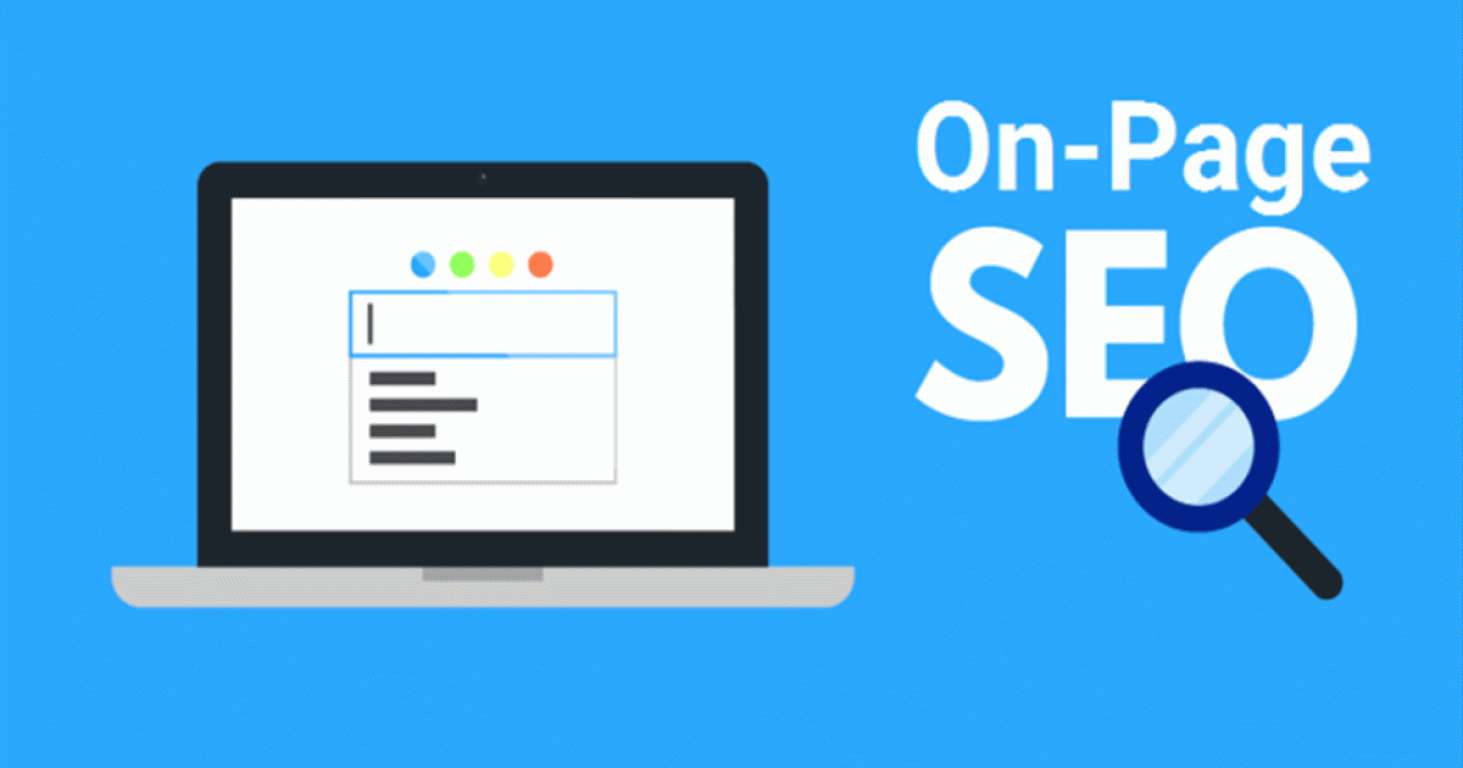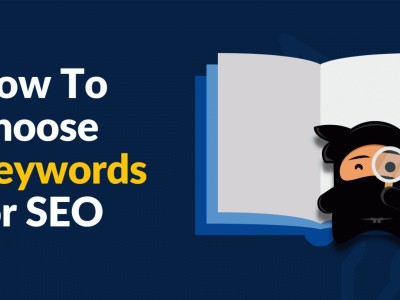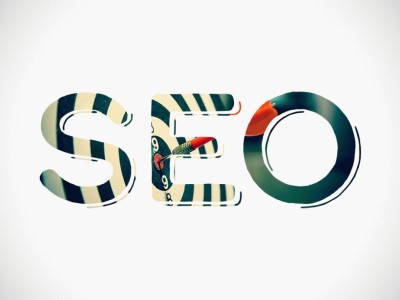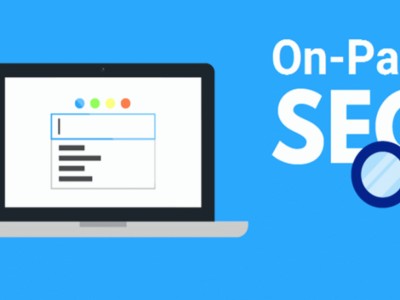What is internal SEO?
Internal SEO is one of the most important principles that site managers should consider. Because SEO basically synchronizes the content of the site with the performance of search engines. This, in turn, improves the ranking of the site in the results of search engines such as Google and increases the traffic of the site.
Increasing the natural traffic of a site means more visibility and even more sales of the site's products. This is why managers pay special attention to the SEO of their site. But the question is, which type of site SEO should be started? Or what is the position of internal SEO in the implementation of such a process? In this article, we explain about internal SEO and explain the tricks related to it.
How is the internal SEO of your website done?
The term SEO is one of the most common words that are heard in cyberspace today. The word SEO is derived from Search Engine Optimization and refers to the principles that optimize site content for search engines. Because setting up a website is not just about buying a domain and hosting. Rather, we need tricks to introduce the product and be seen.
A simple way to attract the audience is to create SEO content. Content that, in addition to being related to the site's activity, is written based on the functional principles of search engines. The presence of such content on the site will cause search engine robots to index your content. Content indexing means adding that content to the Google database and other search engines. This is what SEO experts call internal SEO.
Why is your website's internal SEO important?
With internal SEO, we understand to Google what our content is about and show our relevance to the user's search. Google is constantly changing its algorithms so that it can better understand your content and find out which website best meets the user's needs. With in-page SEO, we guide Google to understand our content better.
The best internal SEO tools, which tool is more useful?
The platforms presented in this article are very useful in terms of on-page SEO because they provide the necessary tools to optimize your web page content and HTML source code. Each of these tools will undoubtedly contribute greatly to the overall SEO of your website. However, the SE rating tool is the best product due to its versatility and other combined strengths. These strengths include affordable pricing, specific SEO recommendations, the opportunity to gain complete insight into up to 50 SERP competitors, as well as clear prioritization of tasks to be performed to optimize web pages. On the other hand, Semrush and Serpstat can perfectly match your SEO strategy for on-site optimization. Each of these tools offers advanced options for checking SEO health, optimizing page content, and internal linking opportunities.
Woorank, Sitechecker, SEO PowerSuite, and Seobility tools may be less popular in the SEO industry, but they can still improve both your SEO and the user experience of your web page. Finally, before rushing out to buy and use one of these tools, take some time to think about it. Be clear in advance about your internal SEO goals and expectations to decide which of these tools will be the most appropriate and effective for your business.
What is the difference between internal SEO and external SEO?
In today's world, most people expect to find everything they need within Google search results. Attracting new customers to your business is much easier if your website is listed on the SERP search engine results page. Creating a strong search engine optimization strategy is one of the most valuable investments you can make for your business. In fact, as mentioned, effective SEO strategies are generally divided into two groups: internal SEO and off-page SEO. On-page SEO refers to SEO factors and techniques that focus on optimizing aspects of your website that are under your control. But in contrast, off-page SEO refers to SEO factors and strategies that focus on promoting your site or brand across the web. Essentially, on-page SEO is about building a website that appeals to users and thus to search engines, while off-page SEO is about gaining exposure for a website, while building trust and credibility for your content.
Getting to know the most important internal SEO factors (full internal SEO checklist)
If you are planning to check the internal SEO status of your site once, we have brought you a checklist below, which also contains very good points. In this section, you can see the most important factors in on page seo, which are as follows:
- Choosing the title of the website (Title)
Part of the things you can do for internal SEO is to modify the basic settings of the site. An important item in this section is the name or title of the site. First of all, go to your site settings and change its title, which will be the title tag of your home page, to your brand name.
URL structure:
The link of your page in the virtual space is called URL or Uniform Resource Locator. In terms of internal SEO, this section should be chosen in such a way that it is short, precise, relevant and clear and not long or messy.
Note: One of the frequently asked questions of users is whether the url on their site is Farsi or English. In this article, SEO Audio "English or Farsi url" has fully answered this question and we have examined its various aspects from the point of view of SEO.
- Selecting the page title (Page Title):
One of the most important tags in SEO are the titles that determine the name of your article and page on the search engine result page. You can encourage users to enter your website page by making the titles attractive, asking questions or using great words, using main and secondary keywords. This tag is displayed with the value of H1.
Don't: pay attention to the fact that the title should be less than 60 characters and the most optimal mode is 51-55 characters.
- Choosing the keyword (Main Keyword):
One of the points that you should pay attention to in optimizing your internal pages is keyword research. Each of your pages should have a main keyword and you can use other (sub)keywords to make it richer. For training on keyword research, visit the seo edu site.
- Use of secondary keywords:
Sub-keywords are targeted keywords that are related to the topic of your article and are searched by users. By choosing these words, you can increase the probability of displaying your site pages in Google search results as a complement to the main keyword.
- Meta Description:
Meta description is an important tag for every page, where a summary of the content of that page is written. These descriptions will be displayed on the SERP page and will be very important to attract the user.
Headings:
One of the most important internal SEO factors, especially for improving site content, is to optimize headings. Headings, which you can see with H2, H3, etc. tags, represent the content of your text and paragraphs and categorize the information on your page.
Content:
Increasing the CTR rate, gaining user trust, adding credit to the brand, ranking your content in Google results, presenting the capabilities and services of the site, increasing user interaction with your site, and one of the main factors that can make a page rank The top of Google search results is content. If you are not familiar with the importance of content production, we suggest that what is a content production article? read the
Note: Since this section requires extensive information and actions that cannot be covered in this article, we suggest you follow the additional content in SEOEDU's content SEO course.
- Internal and external link building (Link Building):
Creating a network and framework that can connect the different contents of your site is one of the goals of internal SEO. This work is done with internal and external linking and can lead to an increase in the probability of pages being indexed, increasing their ranking, increasing the user's retention time, and reducing the bounce rate. As an SEO expert, you should be familiar with the types of internal links (follow or no-follow) and be able to identify orphan pages and connect them to other content.
- Optimizing images in internal SEO (Optimize Image):
Optimizing the site is not just about reducing its size to increase page speed. Rather, you should optimize the tags and their data, which includes the title, alt text, description, quality and size.
Tip: Another way to optimize images is to convert them to Webp format, which is 30% more compact than jpg and does not reduce image quality.
- E-E-A-T signal:
This is a deep factor for internal SEO optimization in the content production department. This means that your site should produce content that is valuable (Authoritativeness), reliable (Trustworthiness), specialized (Expertise) and derived from user experience (Experience).
- User experience (UX):
As we mentioned from the beginning, creating a positive user experience is an important goal in inbound SEO. You can do this along with an attractive user interface (UI) design. If you don't know what UI is, just read this article. UX optimization can be done with some measures such as making the site responsive, adding CTA, enriching the content by adding video and audio, adding breadcrumbs and navigation, etc. By reading this article, what is a breadcrumb?, you can learn how to add breadcrumbs to your site.
- Schema Markup (Schema Markup):
In order to enrich the pages of your site in terms of the data that Google receives, schema markup will be the best solution. This can improve the display of your content in search engine results. You can use schema markups to insert metadata such as price, product name, user ratings to site pages that help make your site's search results more attractive.
In the Narenji team, we pay special attention to optimizing your website internally. Utilizing internal SEO techniques and methods, we optimize your site based on optimization standards. These actions include improving link structures, optimizing keywords, and enhancing the performance of web pages. Our goal is to increase the visibility of your site in search engines and improve its ranking in Google search results.





